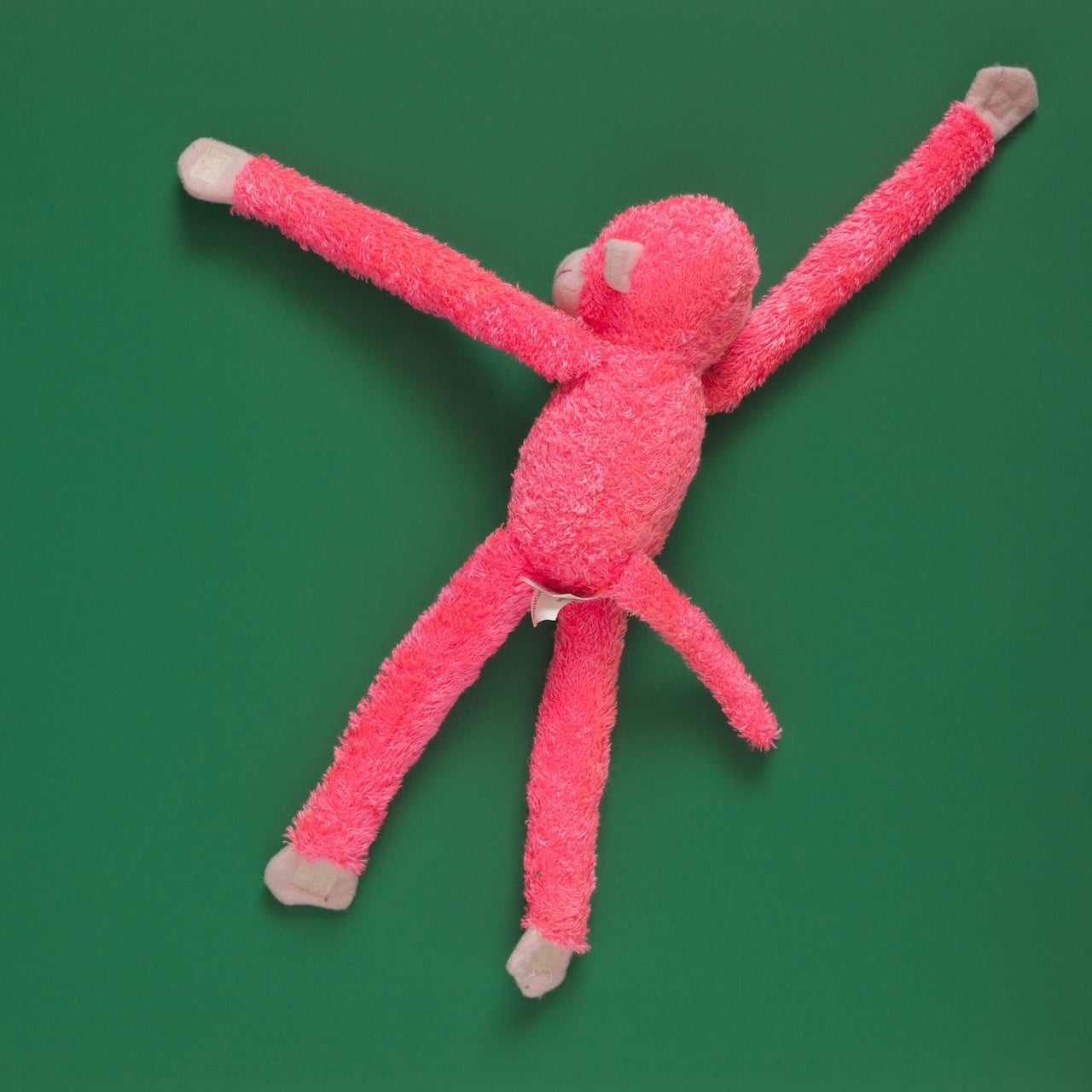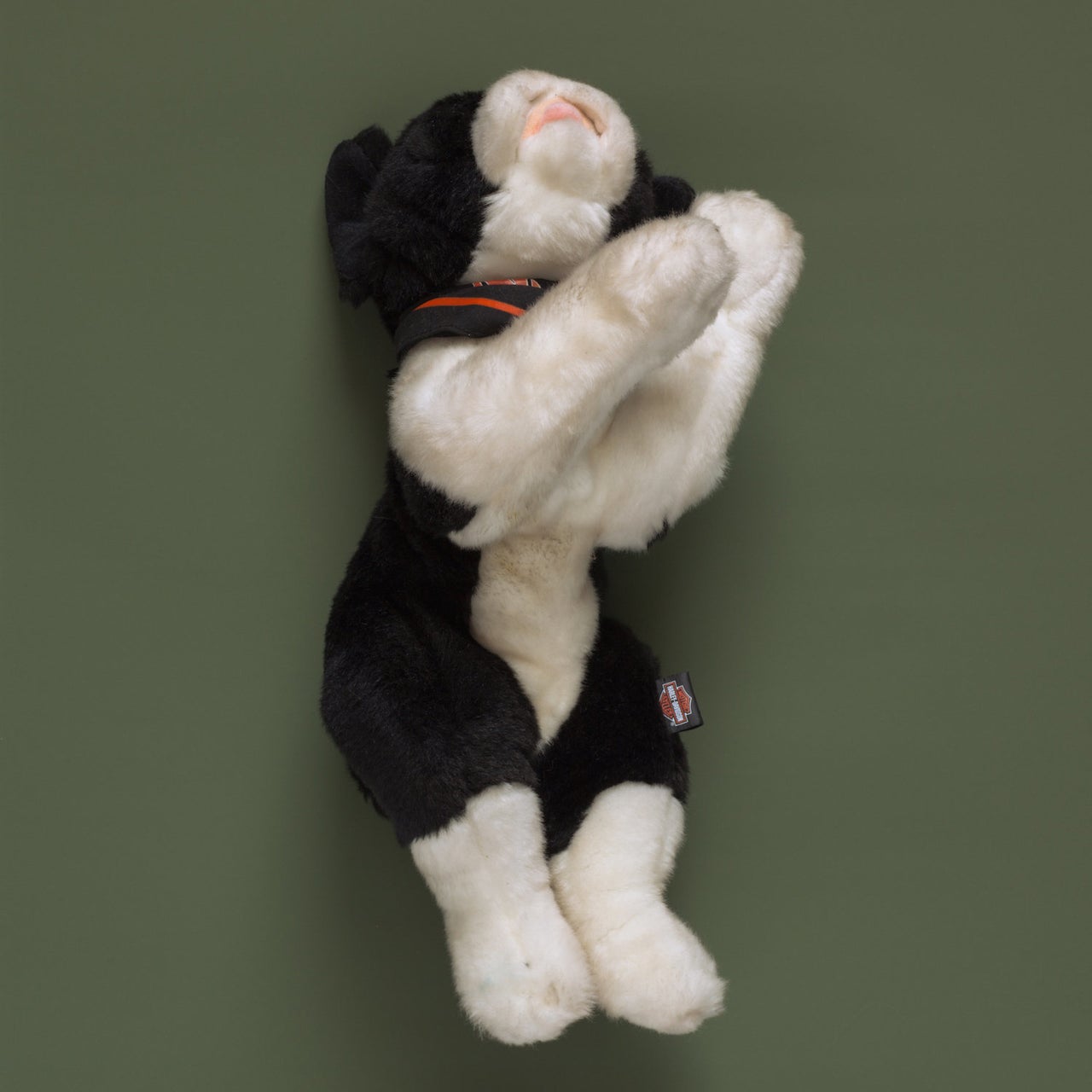If you’ve ever spent time with a kid, you know they usually have a favorite toy ― something that calms them down, makes them feel safe or simply cheers them up when they’re bored. A stuffed dog, say, or a doll, or a little car.
Those toys may be especially meaningful for children who are separated from their parents by federal authorities at the border. They’re taken away to a foreign place and don’t know when they’ll next see their family. A small item from home would be comforting.
But they don’t get to have them. Federal agents confiscate any possessions they have.
Customs and Border Protection take away the items carried by undocumented immigrants, including children, when they cross the border. Anything considered nonessential and potentially lethal is confiscated ― including children’s shoelaces.
The migrants are supposed to receive a ticket for those items ― similar to a baggage check ― and get them back when they’re released, according to Michelle Brané, director of migrant rights and justice at the Women’s Refugee Commission. But that system doesn’t always work.
“In those circumstances, those possessions don’t always follow them from place to place,” she said. “They’re held in some big warehouse, and it’s often very very difficult to get them back. Oftentimes they’re lost indefinitely... I generally have not heard of people being able to get much of them back.”
Children who are taken from their parents are initially held in detainment centers operated by CBP. Those facilities are the ones where children are placed in cages, with the lights on 24 hours a day. They have no toys or anything else to play with.
If they’re not released to family members, they then go to shelters operated by the Office of Refugee Resettlement, which is part of the Department of Health and Human Services, where they do have recreation and items for kids to play with. Brané said children may get their possessions back then, but she wasn’t sure. Neither CBP nor ORR responded to a request for comment.
“They’re not supposed to be there [in CBP custody] for more than 72 hours,” Brané said. “But what we’re seeing now, because they’re creating this crisis and this backup ― they’re separating kids and creating these new unaccompanied children and ORR doesn’t have room for them ― they’re sort of sitting in the border patrol stations for longer.”
This confiscation policy predates President Donald Trump. But more children are being separated from their parents now as part of his zero-tolerance approach to illegal border crossings. The Trump administration is prosecuting as many illegal entry cases as possible, even if it requires locking up parents away from their kids.

Tom Kiefer was a janitor in a CBP facility in Arizona, close to the U.S.-Mexico border, from 2003 to 2014. He took the part-time job because it paid well, and he wanted to have time to focus on his real passion of photography.
Kiefer noticed that agents were throwing away large numbers of items taken from the migrants. He received permission to collect the canned food and donate it to a food bank. But as he went through the trash cans, he also quietly began taking other items that were thrown out. For example, there were Bibles and rosaries ― which could, in theory, be used for self-harm. Kiefer said he couldn’t, in good conscience, let those things stay in the trash.
“At one point, they were only allowed to keep the clothing on their backs,” Kiefer said. “So any extra clothing ― if it’s in the winter months, a jacket or a blanket ― all would have to be discarded. No extra shoes, no underwear. It was brutal. Morally, it was not right.”
Kiefer began photographing the items, and his work is now part of his collection “El Sueño Americano - The American Dream,” which can be found on Instagram and at his website.
Kiefer became disheartened working for CBP, and he’s been dismayed following the current controversy over Trump’s family separation policy.
“It’s brutal. It’s inhumane,” he said. “It’s something that you read about in history books. The first and obvious thing that comes to mind is Germany. It’s just barbaric.”

